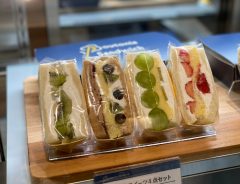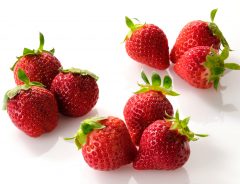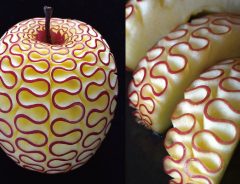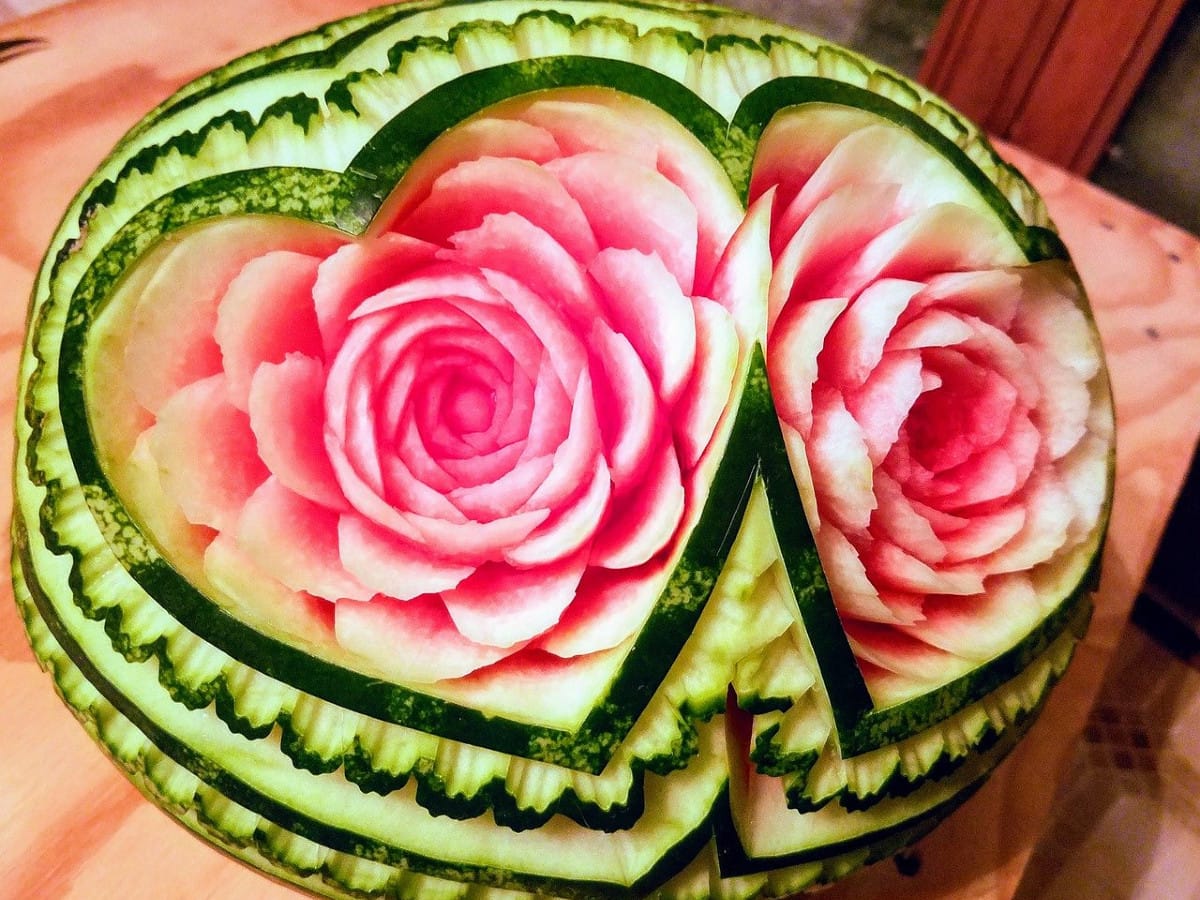- Tags:
- Fruit / fruit carving / Sun Fleur
Related Article
-

The Japanese Autumn Fruit That’s Booming in Paris, Inspiring Fusion Cuisine Recipes[PR]
-

An Ode to Japan’s Fruit Sandwiches: The Must Eat Boxing Day Food
-

Try out Japan’s top strawberry brands at this all-you-can eat fruit fair
-

Sandwich Cat Has The Absolute Best Beds
-

Got Time To Kill? How About A Book That Tells You How To Peel Mandarins
-

Japanese Fruit Carver Shows Off Unbelievably Intricate Work



As a North American, I grew up used to rock-bottom prices on apples, mangoes, and an assortment of other fruits. Thanks to beneficial trade agreements, I suppose, I never expected to spend more than a few bucks stockpiling ingredients for my morning smoothies. Indeed, they were simpler times.
And then, I moved to Japan, a resource-poor country where fruit is viewed quite differently. The island nation imports half as much fruit as China, despite having only a portion of its population. Furthermore, domestic fruit production has been dropping in recent years as farmers hang up their hats, and plows. The result is that fruits such as mangoes, apples, peaches, and others are considerably more valuable than they are back home.
The only saving grace is the quality of the produce found at your typical grocer. While the country's import needs may raise the price tag of fruit, vendors throughout the country offer only the best for sale. This is likely due to the Japanese preconception that fruit is a luxury item for gifting, not something of a casual snack. Furthermore, the Japan Agricultural Cooperative sets regulations on size and color, further ensuring a delectable experience. It is not unusual for restaurant-goers to be served simple fruit dishes as dessert, while house calls are often accompanied by a box of apples or a handful of peaches.
Making Beautiful Fruit Carvings
As any foodie will attest, visual appeal is a prominent part of fine dining. So, if Japanese hosts plan on serving fruit for dessert, they best apply a little window dressing beforehand.
Fortunately, fruit parlor Sun Fleur has uploaded a series of videos on the RETRIP YouTube channel on how to create beautiful carvings from everyday fruit. First up, they work their sculpting magic on a watermelon. Pretty impressive.
The artist first cuts through the hard exterior at the top of the melon, creating a ring-shaped excision. She continues slicing out pieces of the center top, by and by forming the petals of a flower design. Before long, she had removed the rind top and formed the elaborate beginnings of her floral pattern.
As she continues, she uses her knife to tailor the circular opening of the melon. Carving out meandering pieces, she begins developing the outer petals of her flower design. I can only imagine that her hand is starting to get tired by this time.
Finally, after several minutes of carving, she finishes her creation by removing more of the exterior. It looks so lovely that I don’t think anyone will want to eat it.
A Melon Basket
In this video, the Sun Fleur team fashions a melon basket and fills it with some juicy looking fruit.
This one takes a bit more preparation. Before filming, the artist peeled the melon and marked it with tape. As such, she begins by forming a flower design similar to the last video at the crest of the melon. From there, she extends the floral pattern down what will become the handles of the basket. Like last time, there is a lot of slicing and picking as the petals and leaves are formed individually.
After some serious operating, the sculptor has created a genuinely magnificent carving. She must remove the sides and hollow out the fruit's pit, being careful not to disrupt what she's created. Finally, she adds some touches to the exterior and fills the basket with a selection of fruit. Again, too beautiful to eat.
Parfait
In this final video, Sun Fleur applies the same aesthetic to various fruits they add to a parfait.
This video highlights a few simple carving techniques applied to several types of fruit. The artist cuts a flower from papaya and a butterfly from apple slices. A banana, pineapple, and other select fruits are cut into wedges and added to the dessert. The finished product is mouth-watering. Fortunately, it seems it won't throw off your daily calorie count and can be enjoyed without guilt.
If you liked these videos, you can find more information about Sun Fleur here.